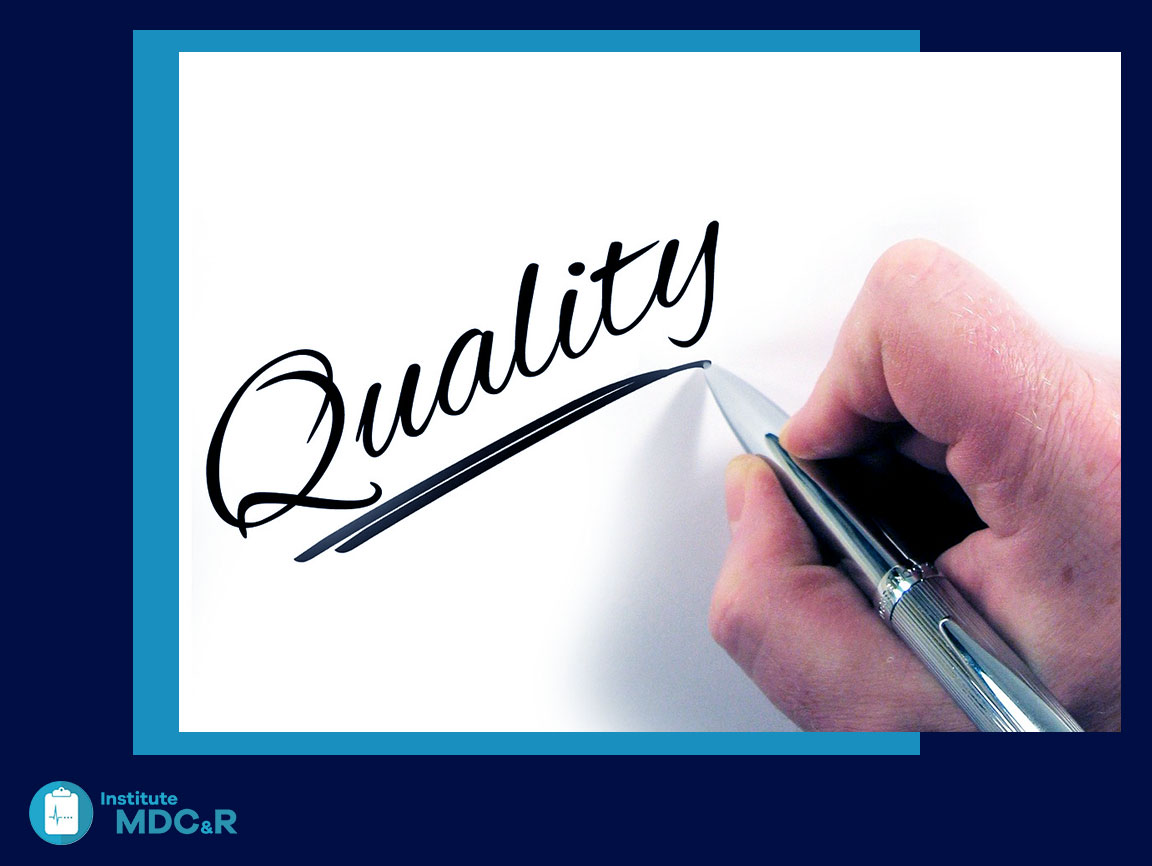What Is a Quality Manual and Why Does It Matter?
A Quality Manual is the foundation of a QMS—often called the “QMS Bible.” It serves as a structured guide outlining how an organization complies with ISO 13485, FDA regulations, and other medical device standards. A well-crafted Quality Manual defines policies, processes, and responsibilities to ensure regulatory compliance, product quality, and continuous improvement.
Key Elements of a Quality Manual
A good Quality Manual should:
- Clearly define compliance requirements for ISO 13485, FDA 21 CFR Part 820, and EU MDR.
- Outline the scope of the QMS, including any exclusions or justifications.
- Provide references to Standard Operating Procedures (SOPs) and supporting documentation.
- Establish the company’s quality policy and objectives.
- Serve as a centralized document for audits, regulatory reviews, and stakeholder communication.
Who Needs Access to the Quality Manual?
The Quality Manual should be accessible to all employees, ensuring that everyone understands their role in maintaining compliance and ensuring product safety. It is also valuable for customers, suppliers, auditors, and regulatory authorities, as it demonstrates organizational commitment to quality.
Structuring a Quality Manual for Medical Device Companies
The structure of a Quality Manual depends on company size, complexity, and compliance needs:
- Startups & Small Manufacturers: A single concise manual covering all essential QMS processes.
- Mid-to-Large Enterprises: Multiple quality manuals tailored to specific departments or product lines.
Regardless of company size, the manual must accurately reflect real-world practices—not just regulatory expectations. Any process documented must have evidence of implementation, ensuring audit readiness.
Digital vs. Paper-Based Quality Manuals: Which Is Better?
While traditional paper-based manuals can be used, they are often difficult to maintain, update, and audit. Instead, an electronic QMS (eQMS) with an integrated Quality Manual template simplifies document control, ensures real-time updates, and provides a centralized source of truth for regulatory compliance.
Final Thoughts
An effective Quality Manual streamlines compliance, reduces audit risks, and improves operational efficiency. For medical device startups and small manufacturers, investing in a well-structured Quality Manual within an eQMS can be a game-changer, ensuring smooth regulatory approval and market entry.

